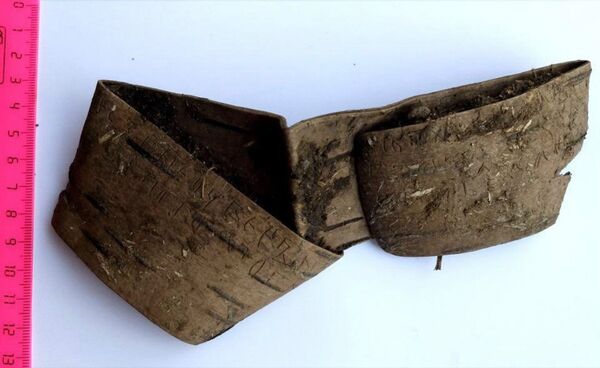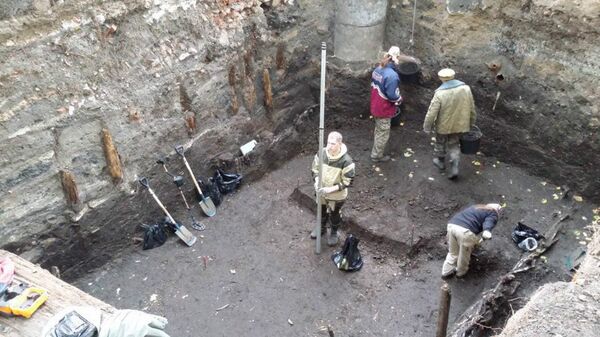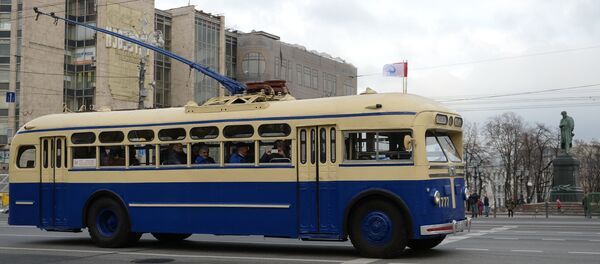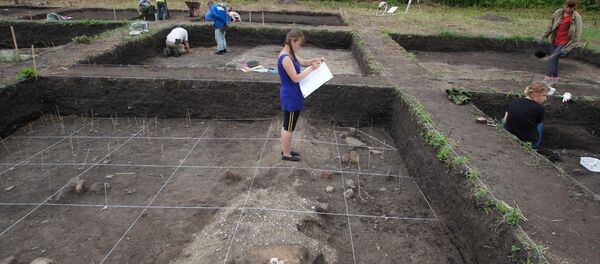"A particularly notable, extremely rare and important find for Moscow is a letter, written on paper made from birch bark, that is, a birch bark manuscript. It is bound to give us a lot of new information about life in Moscow in the Middle Ages," said Leonid Belyaev, head of the archaeology department at the Russian Academy of Sciences, who is leading the excavation project.
The letter, which is addressed to 'Gospodine' [Sir], talks about an unnamed individual's unsuccessful trip to a place called 'Kostrom.' The author gives the sorry details of the journey; the people who tried to make the trip were detained by someone, who had the right to do so, apparently an official of the Middle Ages.
This person firstly took from the unlucky traveler 13 'bela,' and then another three bela. The bela was a kind of smaller monetary unit used in medieval Russia, which replaced the 'nogata,' another smaller unit.
Then, it seems, the official decided that 16 bela was still not enough, and demanded another 20 bela, as well as a 'poltina,' a large sum of 50 kopecks.

The first birch bark manuscripts of medieval Russia, documents which were scratched by the author onto a strip of birch bark, were discovered during archeological excavations in Velikiy Novgorod in the 1950s.
The recent excavation took place in Zaryadye, a historical district close to Red Square, where the archaeologists found the remains of 14th century life by digging just four meters down. Among other artefacts discovered were a tombstone fragment carved from limestone, and a ceramic bowl fragment from the Zolotaya Orda, or Golden Horde, a medieval Eurasian kingdom.




